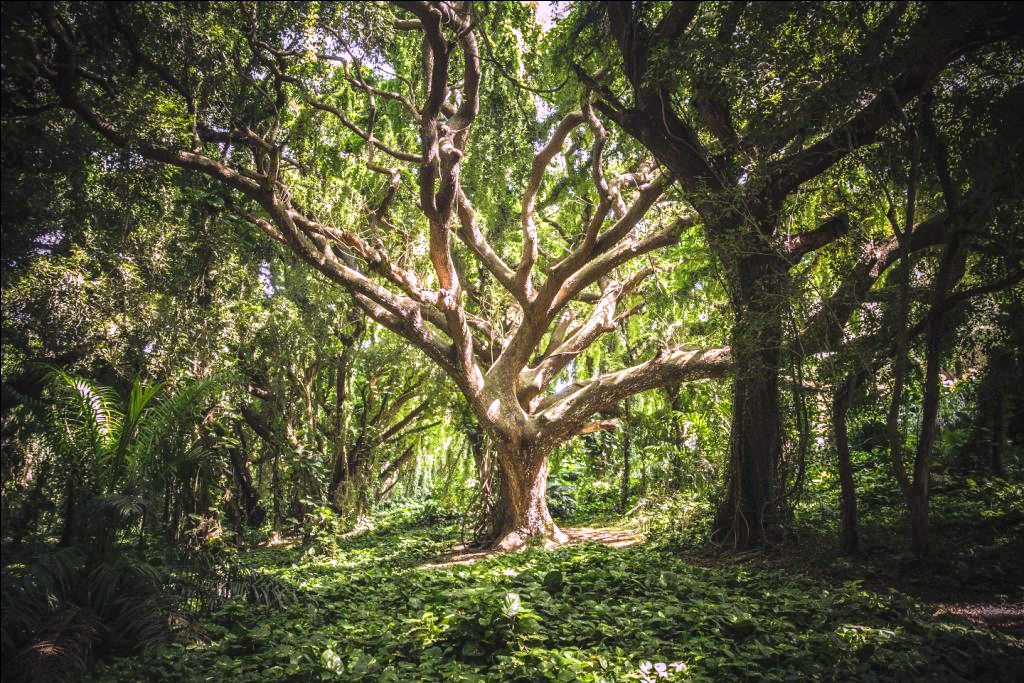OdishaPlus Bureau
A global study, published in the journal Science, showed how rising temperatures and carbon dioxide have been altering the world’s forests. Ongoing environmental changes are transforming forests worldwide, resulting in shorter and younger trees with broad impacts on global ecosystems, warn researchers. These alterations are caused by increased stress and carbon dioxide fertilization and through increasing the frequency and severity of disturbances such as wildfire, drought, wind damage and other natural enemies, the researchers said.

Combined with forest harvest, the earth has witnessed a dramatic decrease in the age and stature of forests. “This study reviews mounting evidence that climate change is accelerating tree mortality, increasingly pushing the world’s forests towards being both younger and shorter,” said study researcher Tom Pugh from the University of Birmingham in the UK.
“This implies a reduction in their ability to store carbon and potentially large shifts in the mix of species that compose and inhabit these forests,” Pugh added. According to the researchers, this is likely to have big implications for the services those forests provide, such as mitigating climate change. Increasing rates of tree mortality driven by climate and land-use change, combined with uncertainty in the mix of species that will form the next generation, pose big challenges for conservationists and forest managers alike, they said.

For the findings, the research team used a detailed literature review along with analysis of data on a land-use change to conclude that the globally averaged tree size has declined over the last century and is likely to continue declining due to continuing environmental changes. Several factors have led to the widespread loss of trees through both human activity and natural causes including clear-cutting, wildfire, insects, and disease.
The findings showed that high levels of tree loss lead to an imbalance in three important characteristics of a diverse and thriving forest: recruitment, which is the addition of new seedlings to a community; growth, the net increase in biomass or carbon; and mortality, the death of forest trees.

“Examination of the global patterns of those three parameters over recent decades shows that mortality is rising in most areas, while recruitment and growth are variable over time, leading to a net decline in the stature of forests,” said study lead author Nate McDowell.
The study concluded that forests have already been altered by humans and will most likely continue to be altered in the foreseeable future, resulting in a continued reduction of the area and stature of old-growth forests globally. “Reductions in average forest age and height are already happening and they’re likely to continue to happen,” McDowell noted.
























